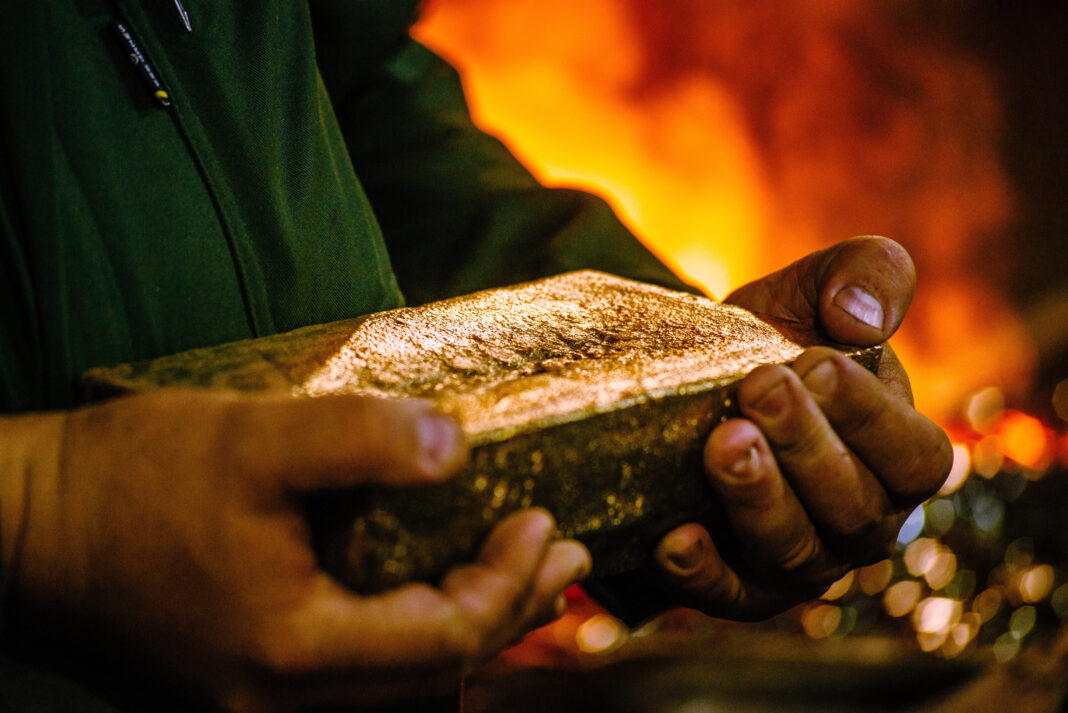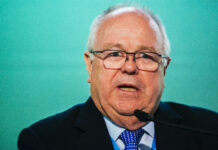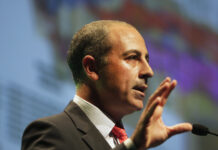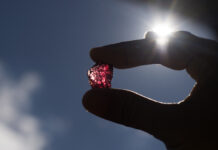
It’s a busy time for Perth-based West African Resources which recently registered first production from Kiaka, a gold mine in Burkina Faso. This is the second operation for the growing producer, with the Sanbrado operation, also in Burkina Faso, being commissioned on the eve of the COVID-19 pandemic in early 2020.
Kiaka had a seamless ramp-up, achieving or beating guidance every year since commissioning, and produced its millionth ounce in mid-2024. In late June, West African – or WAF as it’s called, after its trading code – announced it had poured first gold at Kiaka, which was acquired from B2Gold in 2021, ahead of schedule and under budget. The $447m, 8.4 million-ton-a-year mine is expected to produce an average of 234,000 ounces of gold per year over 20 years.
Kiaka is expected to ramp up to nameplate capacity during the September 2025 quarter. “With the Kiaka build complete and production ramp-up underway, WAF has realised its strategy of having two long-life, unhedged, low-cost gold production centres in operation in 2025,” WAF executive chair Richard Hyde said. “These quality operations underpin our goal of flying to 500,000oz/y gold production by 2030.”
Guidance for Sanbrado for 2025 is 190,000-210,000oz of gold at all-in sustaining costs of less than $1,350/oz, while group guidance for the year is 290,000-360,000oz. WAF expects to produce 4.2 million oz of gold between 2024 and 2033, including 480,000oz/y between 2026 and 2031.
An update to the 10-year plan was due at the time of writing, with WAF to incorporate the results of a recent scoping study into a potential underground development at the Toega deposit.
Canaccord Genuity forecasts WAF to post earnings before interest, tax, depreciation and amortisation of more than A$1bn for 2026 and 2027, which should lead to headline earnings of more than A$500m for each of those years.
WAF is also maintaining an active exploration programme across its 1,200km2 of tenure with 80,000m of near-mine diamond drilling and 35,000m of regional reverse circulation and auger drilling planned for this year.
COUNTRY RISK
In early June, WAF announced it would align the Burkina Faso government’s equity interest in the company’s projects with the country’s new Mining Code, adopted in August 2024. The move will see the government’s free-carried stake in the projects increase from 10% to 15%.
Canaccord lowered its overall risked valuation for WAF by 5.5% and lowered its earnings estimates but retained a buy rating. “This event could come as some relief to investors who may have been pessimistic on potential downside risk to WAF regarding changes in government mining policy,” analyst Paul Howard said.
Despite some investors’ concerns around risk in Burkina Faso in general, WAF’s experience in the country has been positive, with no major security incidents. “I suppose it’s a challenge we all face as miners, but I’d always take project risk over country risk,” said Hyde last year. “First job is to get the gold out of the ground, generate cash flow and then you can worry about what the jurisdiction is doing.
“I think for far too long, the opposite has been the case, especially in Western Australia, where banks have been banking projects, forcing companies to go through ITE [independent technical expert] processes, and there have still been challenges.”
The company is also a major contributor to the Burkinabe economy, paying more than $350m in taxes and royalties since Sanbrado started production. WAF has $8m invested in community projects and donations and contributed $19m to a local development mining fund. More than 85% of it’s employees and contractors are Burkinabes.




